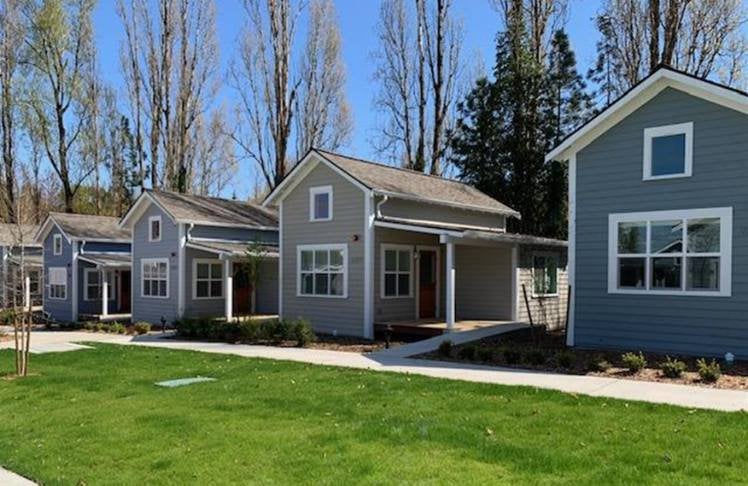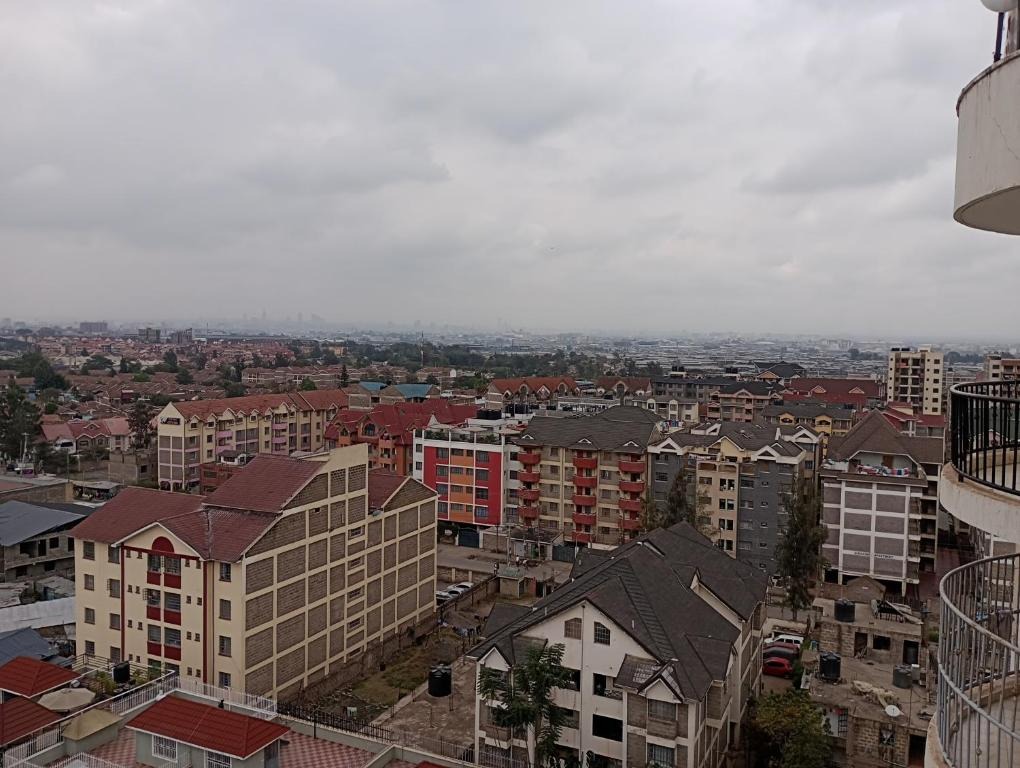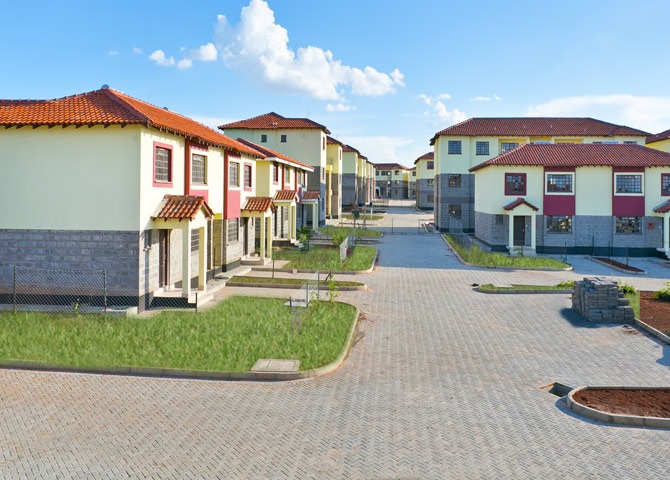Homelessness remains a pervasive challenge across many cities worldwide, impacting individuals, families, and communities. Traditional approaches often fall short, necessitating innovative solutions that address the root causes and provide sustainable pathways to stable housing. This article explores cutting-edge strategies that are making a significant impact in the fight against homelessness.
Housing First Model: A Paradigm Shift
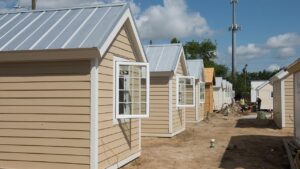
The Housing First model represents a fundamental shift in addressing homelessness. Unlike traditional methods that often require individuals to meet certain conditions before receiving housing, Housing First prioritizes providing immediate, permanent housing with no preconditions. This approach has proven successful in numerous cities by addressing the immediate need for shelter while offering support services for mental health, addiction, and employment. By stabilizing individuals with a secure home, they are better positioned to address other challenges in their lives.
Modular and Prefabricated Housing
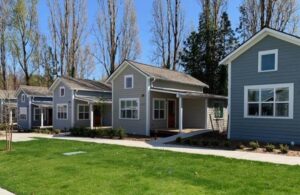
Innovations in construction technology are playing a crucial role in addressing homelessness. Modular and prefabricated housing solutions offer a rapid, cost-effective way to build affordable housing units. These structures can be assembled quickly and at a lower cost compared to traditional construction methods. Cities like Vancouver and Los Angeles are already implementing these solutions, significantly reducing the time it takes to provide housing for those in need. Prefabricated homes are not only efficient but also can be designed to be eco-friendly and sustainable, addressing both housing and environmental concerns.
Tiny Homes Villages
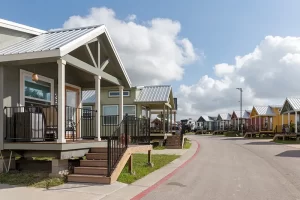
The tiny homes movement is another innovative solution gaining traction. These small, efficient living spaces provide a sense of privacy and dignity that traditional shelters often lack. Tiny homes villages, like those established in Austin, Texas, and Portland, Oregon, offer residents a community-oriented environment with access to shared resources and support services. These villages create a supportive ecosystem where individuals can rebuild their lives with a stable and secure base.
Adaptive Reuse of Vacant Properties
Adaptive reuse involves transforming vacant buildings into housing for the homeless. This approach repurposes unused spaces like hotels, schools, and office buildings, converting them into habitable units. Cities facing high vacancy rates can leverage this strategy to quickly expand their housing stock. For example, the conversion of vacant hotels into temporary shelters during the COVID-19 pandemic demonstrated the potential of this approach to provide immediate relief and long-term housing solutions.
Social Impact Bonds and Public-Private Partnerships
Financing innovative housing solutions requires creative approaches. Social impact bonds (SIBs) and public-private partnerships (PPPs) are effective mechanisms for funding projects aimed at reducing homelessness. SIBs involve private investors funding social programs with the government paying back the investment if the program meets its goals. PPPs leverage the strengths of both the public and private sectors, combining resources and expertise to develop and manage housing projects. These financial models ensure that funding is tied to outcomes, promoting accountability and effectiveness.
Integrated Support Services
Providing housing alone is not sufficient to address the complex needs of the homeless population. Integrated support services, including mental health care, substance abuse treatment, job training, and education, are essential components of any effective housing solution. Programs that combine housing with comprehensive support services have shown higher success rates in keeping individuals off the streets. Case management and personalized care plans help residents achieve long-term stability and independence.
Community Land Trusts
Community land trusts (CLTs) are nonprofit organizations that acquire and manage land to ensure long-term affordability. By holding land in trust, CLTs can control housing costs and prevent displacement. This model empowers communities to develop housing that meets their specific needs and retains affordability over time. Cities like Boston and Burlington have successfully implemented CLTs, providing affordable housing options and promoting community resilience.
Technology and Data-Driven Solutions
Advancements in technology are enabling more effective responses to homelessness. Data-driven approaches help identify at-risk individuals and allocate resources more efficiently. Predictive analytics can forecast trends and inform proactive interventions. Additionally, mobile apps and digital platforms connect homeless individuals with available services, shelters, and resources in real time. These technological tools enhance coordination among service providers and improve the delivery of support services.
Conclusion

Addressing homelessness requires a multifaceted approach that combines immediate housing solutions with long-term support systems. Innovative models like Housing First, modular housing, tiny homes villages, adaptive reuse, and integrated support services are transforming how we tackle this critical issue. By leveraging new technologies, financing mechanisms, and community-driven models, we can create sustainable, scalable solutions that provide not just shelter but a pathway to stability and dignity. As these innovative approaches continue to evolve, they hold the promise of significantly reducing homelessness and improving the lives of countless individuals and families.

